This is how most days of birding go for us--the usual places to look for the usual suspects. It also lends to the the Patagonia Effect happening--if more and more people go to said spots, the likelihood of a rarity being found increase. It’s a science ;)
But I have a challenge for you in 2014, don’t just spend a great deal of time at the regular hotspots--this spring, summer, and fall take some time to explore some of Utah’s less popular, more out of the way, and what I would call most amazing birding locales. Some you may have never heard of, others are just a bit out of your normal range--but they all are 5 places you should go birding in Utah this year.
• • •
Lucin
41.3482° N, -113.9050° W
Great Photo ops for birds like Yellow-breasted Chat
Sunset over the west desert from Lucin
You can camp just about anywhere in the desert out here, or stay in Wendover and make the 40 mile drive north on the days you go. I like to spend a couple days hitting other migrant traps in the desert and giving yourself a chance at some turnover each day. Lucin can be reached from the north via highway 30, or as mentioned earlier from Wendover to the south. It takes about 3.5 hours to get there from Salt Lake. At night the road from Wendover can turn up good number of Common Poorwills, Burrowing Owls, and Short-eared Owls. During the day look for warblers, wrens, thrushes, sparrows, orioles, tanagers, and almost anything that migrates. Lucin has the potential to turn up something really rare!
• • •
Dolores River/Rio Mesa Center
38.8119° N, -109.3023° W
Great Camping along the river
Blue Grosbeak along the rive rand super cooperative
Slightly further up River is the Rio Mesa Center which conducts bird banding and in recent years have banded a number of mega-rarities for Utah here. Spring and fall are both fantastic here--from late April to early June and mid-august to October you could turn up just about anything here. Yellow-billed Cuckoo, Eastern Wood-Pewee, Pacific-slope Flycatcher, and Yellow-bellied Sapsucker have all been reported from along the river here. There are plenty of places to camp, which can mean lots of people on busy weekends. It can also be a ghost town great for birding!
• • •
Capitol Reef National Park
38.2000° N, -111.1667° W
"Southwest" Willow Flycatcher along the Fremont River in 2007
Philadelphia Vireo found here in 2007 was a state 2nd for Utah
• • •
Leidy Peak
40.7680° N, -109.8330° W
You’ve probably heard of this one, you may have even been. It’s one of the most reliable locations for White-tailed Ptarmigan in Utah--it also happens to be an epic birding location, not to be overlooked for the wide variety of species that can be seen in the vicinity. Aside from the talus slopes where ptarmigan, American Pipits, and Black Rosy-Finches forage, the forests below leading all the way back to Vernal provide habitat for nearly 100 species of birds. The high elevation conifer boasts Northern Goshawks, Three-toed Woodpeckers, crossbills, finches, sparrows, warblers, Gray Jay, and Pine Grosbeaks. Through each habitat zone leading down to Vernal you can find more and more--in the mid-elevation conifer, mixed conifer and aspen, aspen, and finally shrubsteppe.
Black Rosy-Finch are fairly common here
A couple days here can provide you with some excellent birding, and camping away from crowds of people. Hacking Lake is a good spot to camp, is is just about anywhere off the road. It gets chilly here at night and the weather can be unpredictable. Snow in mid August, temperatures routinely in the low 30’s at night in the summer--lightning storms that are mighty impressive--and rain and wind for hours sometimes. But it makes for an adventure! About an hours drive north from Vernal into the Uinta’s the peak stand just over 12,000’--the birding is best in late summer into the fall--until snow sets in and that’s it for the year!
• • •
Powell Lake (not Lake Powell)
40.3828° N, -111.9029° W
During the spring of 2013 a little known “lake” in northern Utah County proved to be one of the hottest birding locations of the year. In the middle of a subdivision in Lehi, Powell Lake, is actually a pair of ponds split by a road. The location along the Jordan River makes it a natural migration route and last year the birds seemed to pour in here. 24 species of shorebirds in 5 weeks, Glossy Ibis, a overly cooperative Least Tern, gulls, ducks, waders--you name it waterbird wise and it was probably found here in 2013. It isn’t known if this is the way things have always been here, or if 2013 was a fluke--but I know that in 2014 this will again be part of my regular spring birding stops, fro the chances that something good might turn up.
Vagrant Least Tern at Powell Lak ein 2013
If you're not quite sure where these places are check out this link to see them on the map.
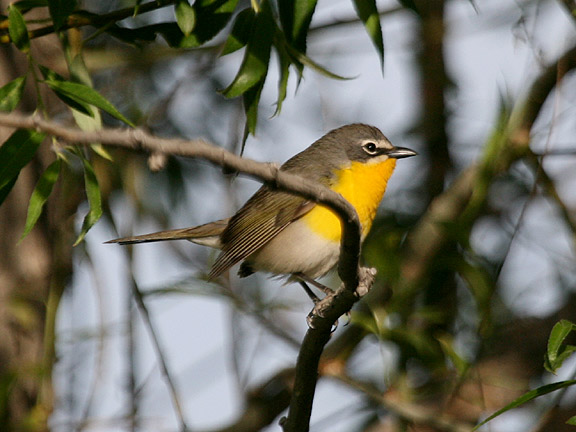
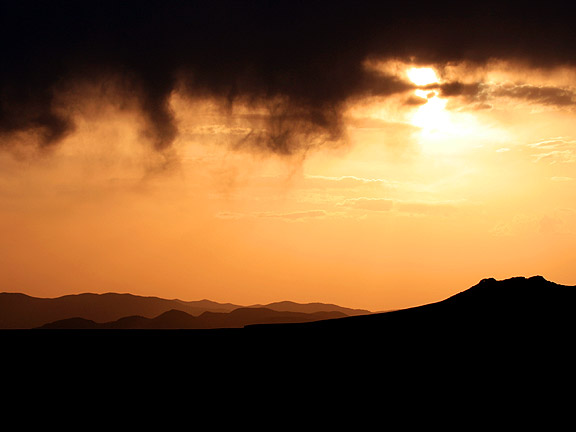
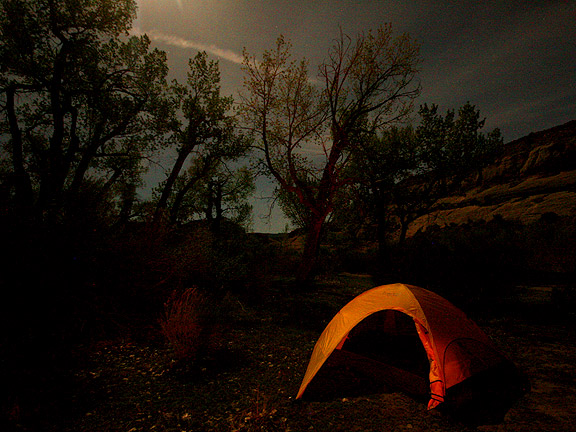
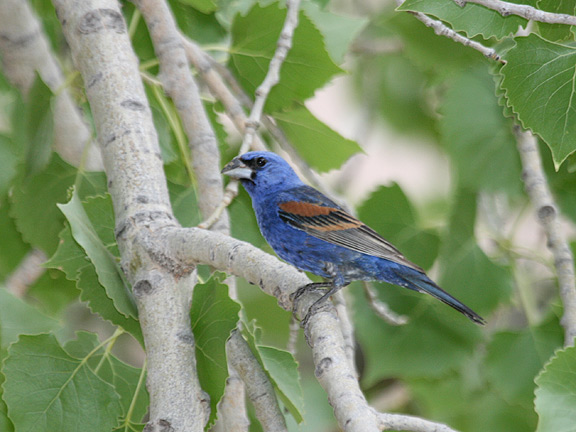
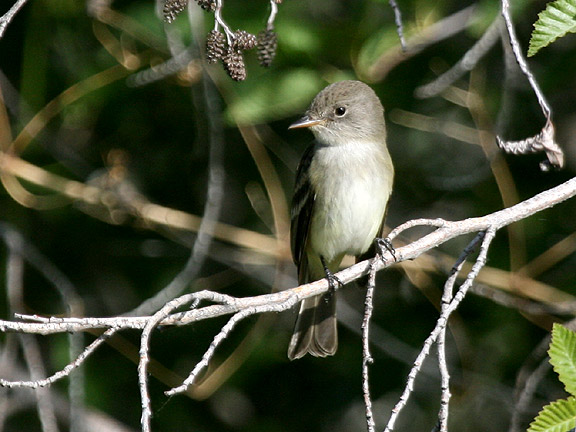
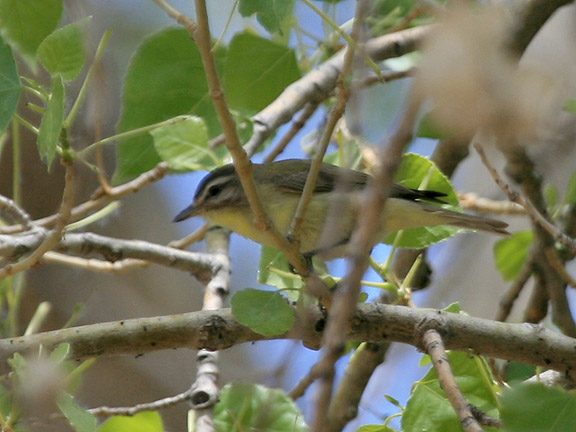
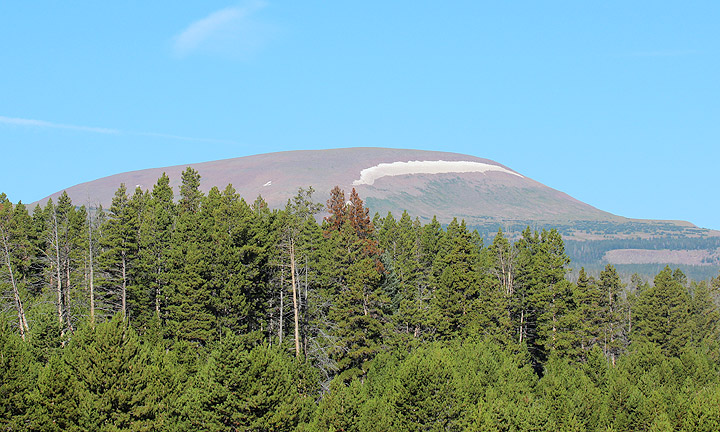
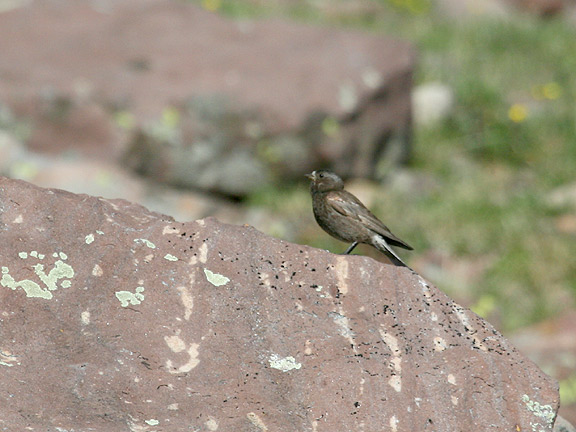
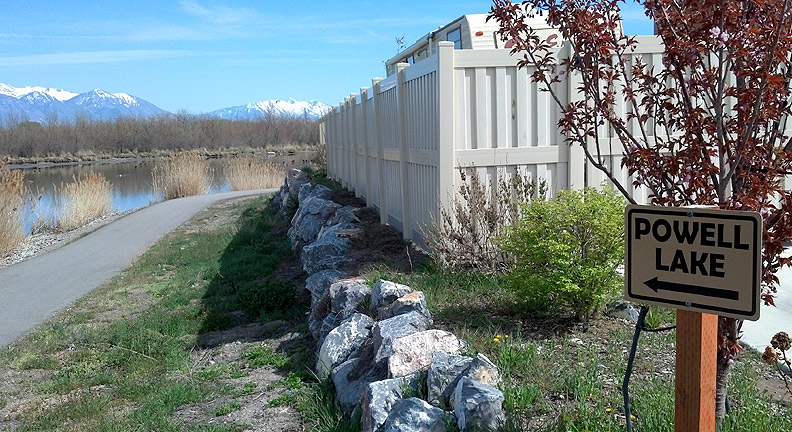
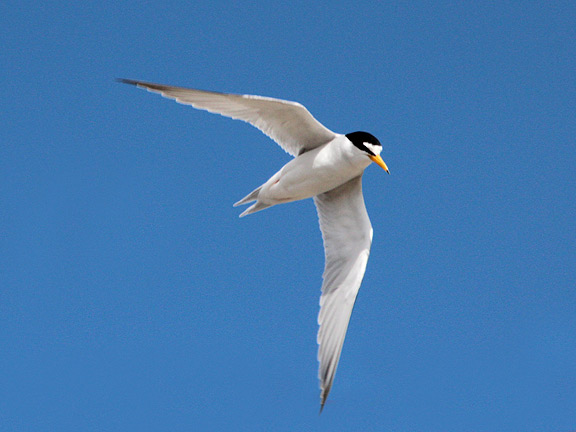

8 Comments:
Thank you! As a birder who is new to the area, these kinds of articles are really helpful. Looking forward to visiting these spots.
Powell Lake has always been a well known birding location in Utah County.
@Josh You're welcome! Hope to see you out at one of these places--and if you do go out, be sure to share what you're seeing on UBIRD!
@Anonymous: I beg to differ--the first time I heard any mention of it was last spring. I would guess the vast majority of Utah Birders fall into the same camp. If anything it very well may be a known location by some locals--but it's not well known to the public. In any event, its not a regular stop for birders, so well worth being on this list!
Great list Tim. Makes me want to make my own and also see all the places you mentioned this year. I am with you on Powell Lake. I never had heard of it before this past year and I've been working and birding in Utah County for 7 years or so. Glad it's on the more public radar now.
Thanks Tim. Great location photos, too!
Nice post, Tim. It's like a marketing brochure for birding in Utah. I wish I could dedicate every weekend of spring and fall migration to birding places like these. I'll add at least one of the more distant locations this year.
Regarding Powell Lake, I was first introduced to those ponds by Eric Huish, an avid Utah County birder, in 2010, several months after I began birding. He took me there as part of birding the Jordan River between Pioneer Crossing and Lehi Main Street. I learned that Great Egrets winter in that area of the Jordan River. The ponds, prior to 2013, were good for egrets, herons, and ducks--there were no shores or mudflats of which to speak. What we now call Powell Lake was not its own hot spot prior to 2013. It was one of several stopping points included in an eBird hotspot called "Jordan River Parkway -- SR145/Pioneer Crossing to Lehi Main St". The ponds were slightly drained last year and mudflats resulted. Those mudflats drew in a whole new crowd of birds and definitely raised the awareness of the small ponds now officially known as Powell Lake. I hope we see another year like last year at Powell Lake, Pioneer Crossing Ponds, and other watering holes along the east side of the Jordan River in the Lehi area.
@Bilsky: Thanks Man. Yeah, Powell Lake WAS NOT A hotspot known to the general birding public before 2013--anyone that's been birding in Utah for a couple years would know that--I think the 500+ hits the map I made of the area received is probably a good indicator of that!
@Oliver: Thanks dude, glad you enjoyed!
@Jeff Cooper: Thanks Jeff. I wouldn't say raised awareness--I would say actually put it on the map. Besides a few Utah County birders "knowing" of it, and occasionally stopping there while birding the Jordan River in the area, I had never heard it mentioned in 20 years birding here. Hell, I spent nearly 18 months working in Lehi before I was aware there was even a lake hidden int eh subdivision there. This location is typical of many small and local locations in Utah, where some people may check it from time to time, but until someone or multiple someones start birding it regularly, and finding a few goodies, it goes unnoticed. Prime examples include Lake Park and The International Center, as well as Powell Lake. Just think about the birds we are missing at the places we don't know are hotspots yet! :)
wqzw5koi
cialis eczane
kamagra
sightcare
glucotrust official website
cialis 20 mg eczane
viagra eczane
cialis 5 mg al
Post a Comment
Subscribe to Post Comments [Atom]
<< Back to Previous